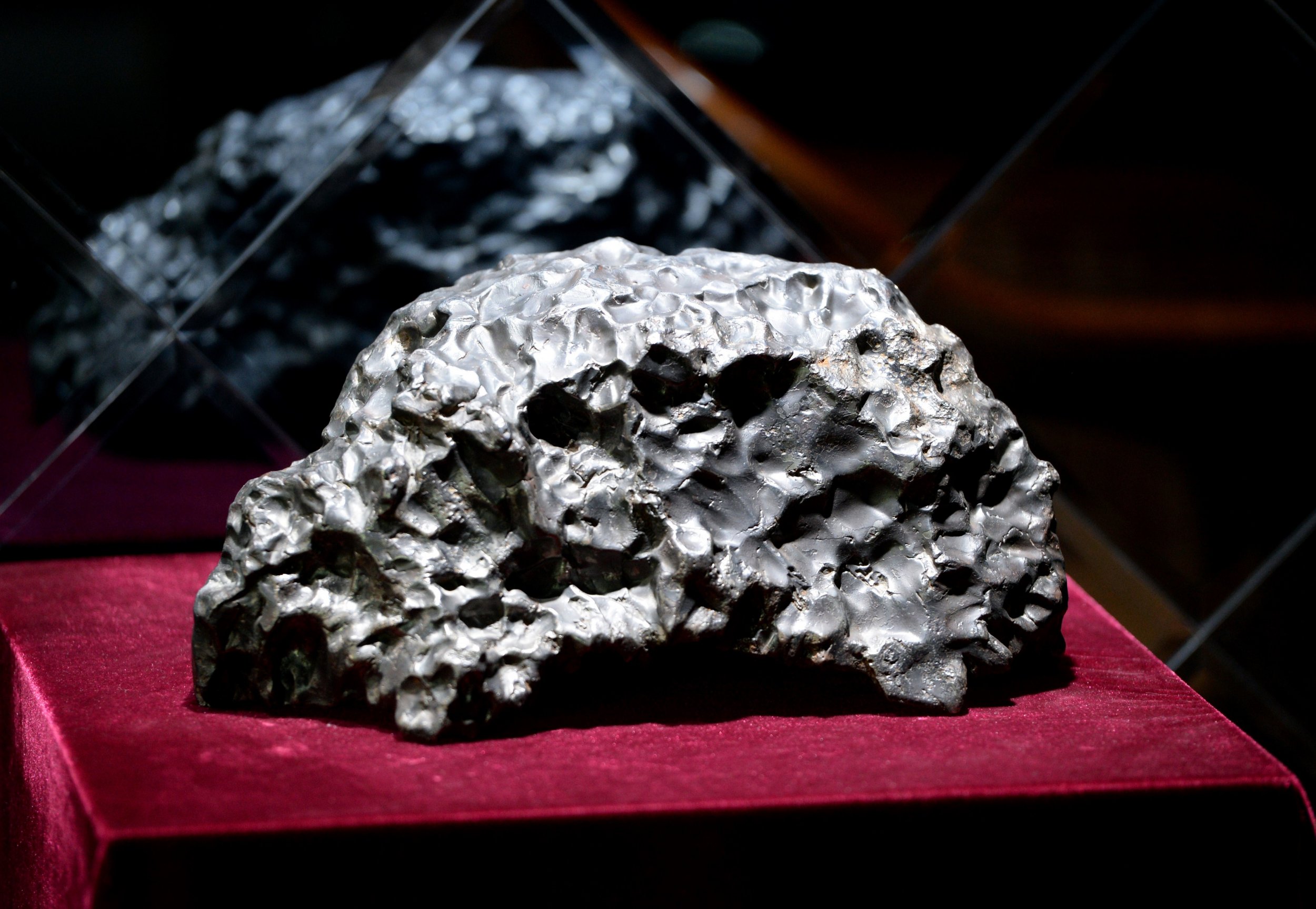Meteorites have always fascinated humanity, serving as direct messengers from space. These celestial visitors hold valuable clues about the early solar system’s formation and the processes that shaped our planets. In this blog post from brkogems, we’ll explore meteorite composition, uncovering what meteorites are made of and why their study is crucial for understanding the cosmos.
What Are Meteorites?
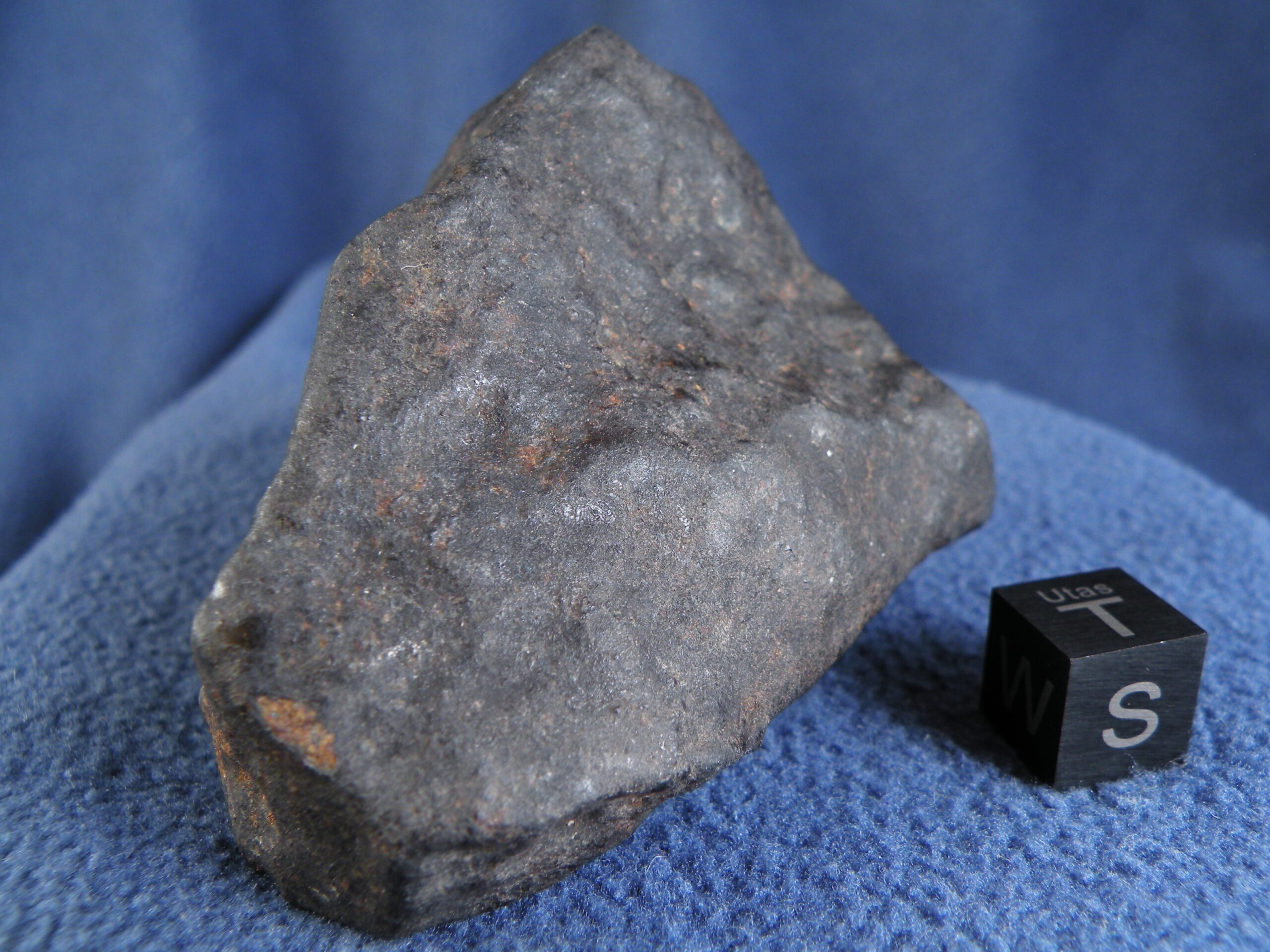
Before delving into the composition of meteorites, it’s essential to understand what they are. Meteorites are fragments of asteroids, comets, or other celestial bodies that survive their fiery passage through Earth’s atmosphere and land on the surface. These space rocks come in various shapes and sizes and are classified into different types based on their composition and structure.
Importance of Studying Meteorite Composition
The composition of meteorites is a window into the past, offering insights into the early solar system’s conditions and the materials that contributed to planet formation. By analyzing meteorites, scientists can:
- Understand Planetary Formation: Meteorites contain primordial material from the early solar system, providing clues about the processes that led to the formation of planets and other celestial bodies.
- Study the Solar System’s History: The isotopic and elemental composition of meteorites reveals information about the age and evolution of the solar system.
- Investigate the Origins of Life: Some meteorites contain organic compounds and amino acids, shedding light on the building blocks of life and the potential for life elsewhere in the universe.
- Assess Impact Events: Analyzing the composition of meteorites helps scientists understand the frequency and effects of asteroid impacts on Earth and other planets.
{If you like garnet, you should also try Buy demantoid garnet in Dubai.}
The Main Components of Meteorites
Meteorites are composed of a variety of minerals and elements, which can be broadly categorized into three main groups: stony meteorites, iron meteorites, and stony-iron meteorites. Each group has a distinct composition that provides unique insights into their origin and history.
1. Stony Meteorites
Stony meteorites are the most common type, making up about 94% of all meteorites found on Earth. They are primarily composed of silicate minerals and are divided into two main subtypes: chondrites and achondrites.
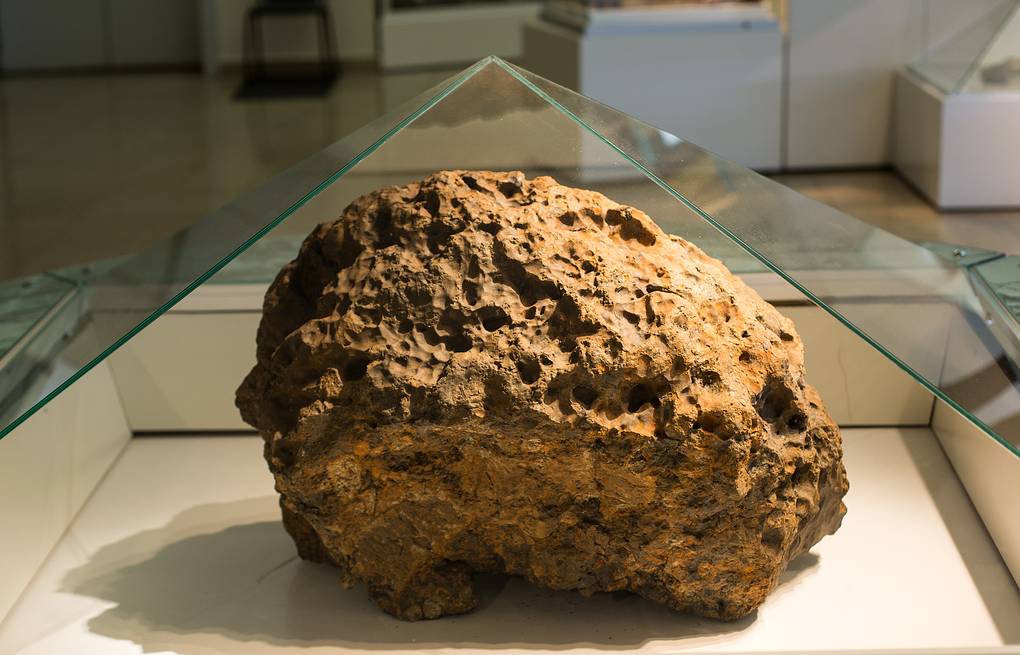
The Murchison Meteorite
Chondrites
Chondrites are the most primitive and unaltered meteorites, containing small, round particles called chondrules. These chondrules are made of silicate minerals such as olivine and pyroxene and are thought to have formed from molten droplets in the early solar system. Chondrites also contain:
- Matrix: The fine-grained material that surrounds the chondrules, composed of silicate minerals, sulfides, and metal.
- Metallic Grains: Small particles of iron-nickel alloys scattered throughout the matrix.
- Calcium-Aluminum-rich Inclusions (CAIs): These are the oldest solid materials formed in the solar system, consisting of minerals like spinel, hibonite, and perovskite.
Chondrites are further classified based on their chemical composition and mineralogy:
- Ordinary Chondrites: These are the most common chondrites and contain varying amounts of iron and nickel. They are divided into H, L, and LL groups based on their metal content.
- Carbonaceous Chondrites: These rare chondrites contain high amounts of water and organic compounds, making them valuable for studying the early solar system and the origins of life. They include CI, CM, CO, and CV chondrites.
- Enstatite Chondrites: Rich in the mineral enstatite, these chondrites contain very little iron and provide insights into the conditions of the inner solar system.
Achondrites
Achondrites are stony meteorites that do not contain chondrules. They are formed from differentiated parent bodies, meaning they have undergone processes such as melting and recrystallization. Achondrites are similar to terrestrial igneous rocks and include:
- HED Meteorites: Howardites, Eucrites, and Diogenites are believed to originate from the asteroid Vesta. They provide information about volcanic and impact processes on Vesta.
- Martian Meteorites: Ejected from the surface of Mars by impact events, these meteorites offer valuable data about Mars’ geology and history.
- Lunar Meteorites: Fragments of the Moon’s surface that were blasted into space by impacts and eventually fell to Earth, helping scientists study the Moon’s composition and geological history.
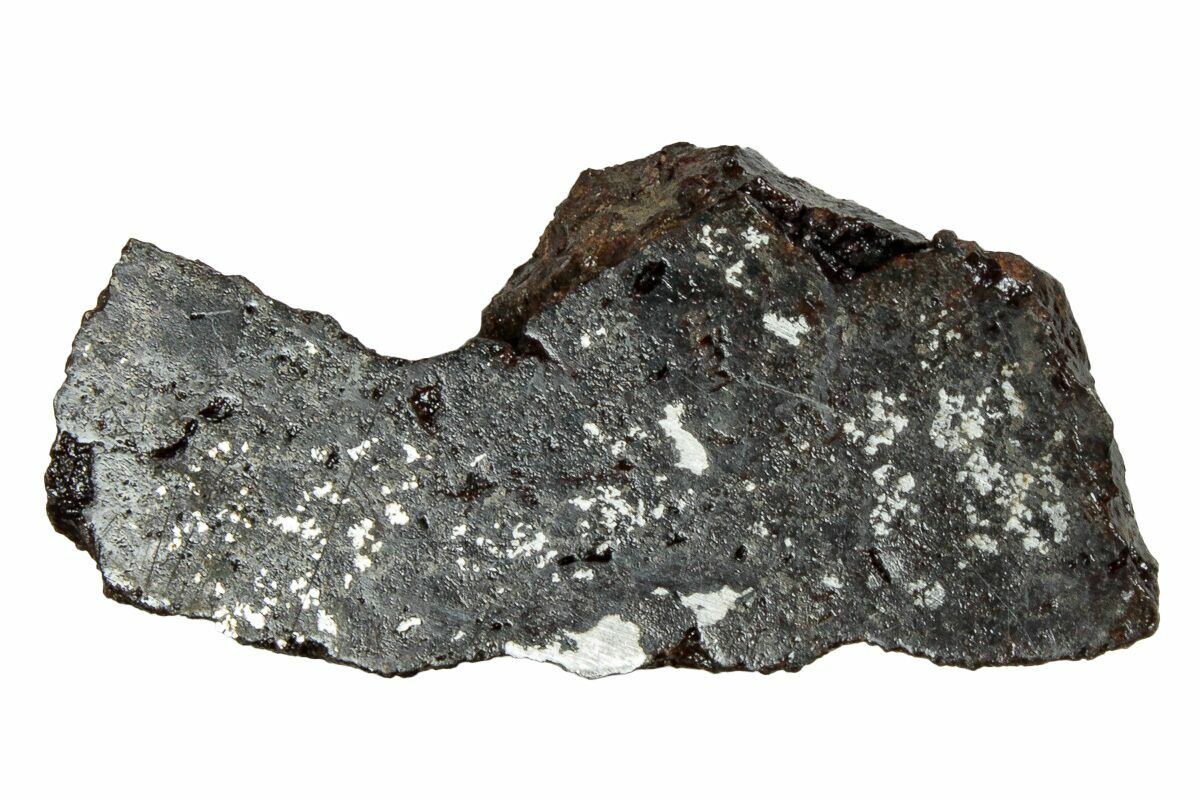
Stony Meteorites
2. Iron Meteorites
Iron meteorites are composed primarily of iron and nickel and are believed to originate from the cores of differentiated planetary bodies. They make up about 5% of all meteorites found on Earth. Iron meteorites are divided into three main groups based on their structure and composition:
- Hexahedrites: Composed almost entirely of the iron-nickel alloy kamacite, these meteorites often exhibit large, flat faces.
- Octahedrites: The most common type of iron meteorite, characterized by a crystalline structure that forms a unique pattern known as the Widmanstätten pattern when etched with acid. This pattern results from the intergrowth of kamacite and taenite.
- Ataxites: Rare iron meteorites with a high nickel content and a homogeneous texture, composed mainly of taenite.
Iron meteorites provide valuable information about the core formation and differentiation processes of their parent bodies. Their metallic composition makes them resistant to weathering, preserving them well for scientific study.
Also, if you are looking to find meteorites, we recommend that you check out the article Exploring Meteorite Types
3. Stony-Iron Meteorites
Stony-iron meteorites are the rarest type, comprising about 1% of all finds. They contain a roughly equal mix of silicate minerals and metal, offering insights into the boundary between the core and mantle of their parent bodies. Stony-iron meteorites are divided into two main groups:
Pallasites
Pallasites are considered some of the most beautiful meteorites due to their striking appearance. They consist of olivine crystals embedded in a metallic matrix, creating a translucent, gem-like quality when sliced and polished. Pallasites are believed to form at the core-mantle boundary of differentiated asteroids, where olivine from the mantle mixes with molten metal from the core.
Mesosiderites
Mesosiderites are brecciated meteorites, meaning they are composed of fragmented rock and metal that have been cemented together. They contain a mix of silicate minerals and metal, similar to pallasites, but have a more chaotic structure. Mesosiderites are thought to result from violent impact events that mixed material from the crust and mantle of their parent bodies.

Chemical and Isotopic Composition of Meteorites
The chemical and isotopic composition of meteorites provides crucial information about their origins and the processes they have undergone. Here are some key elements and isotopes studied in meteorites:
Major Elements
- Oxygen (O): Oxygen isotopes are used to distinguish between different groups of meteorites and to understand the conditions in the early solar system.
- Silicon (Si): A major component of silicate minerals, silicon’s abundance helps classify different types of meteorites.
- Iron (Fe): Iron is a significant component of both stony and iron meteorites, and its isotopic composition reveals information about core formation and differentiation processes.
- Nickel (Ni): Often found with iron, nickel helps identify different types of iron meteorites and provides insights into their cooling history.
Trace Elements
- Calcium (Ca) and Aluminum (Al): These elements are abundant in CAIs and help determine the age and formation conditions of chondrites.
- Platinum Group Elements (PGEs): Elements like platinum, iridium, and osmium are used to study the metal content and differentiation processes in meteorites.
- Rare Earth Elements (REEs): The abundance and distribution of REEs help scientists understand the geological history and processes that formed meteorites.
Also, if you would like to know about how meteorites are formed, we recommend that you check out the article How Meteorites are Formed.
Isotopic Analysis
- Oxygen Isotopes: The ratios of oxygen isotopes (O-16, O-17, and O-18) are used to classify meteorites and study the conditions in the early solar system.
- Lead-Lead (Pb-Pb) Dating: This radiometric dating method measures the decay of uranium to lead, providing precise ages for meteorites and their components.
- Cosmogenic Isotopes: Isotopes like carbon-14, beryllium-10, and aluminum-26 are produced by cosmic ray interactions and help determine the exposure age of meteorites.
The Role of Meteorite Composition in Astrobiology
One of the most exciting aspects of meteorite composition is its implications for astrobiology. Certain meteorites, particularly carbonaceous chondrites, contain organic compounds and amino acids that are the building blocks of life. The study of these compounds provides insights into:
- Prebiotic Chemistry: Understanding the chemical processes that led to the formation of organic molecules in space and their potential role in the origins of life on Earth.
- Panspermia Hypothesis: The idea that life or its precursors could have been transported to Earth via meteorites or comets, seeding life on our planet.
- Search for Extraterrestrial Life: Analyzing the organic content of meteorites helps scientists assess the potential for life on other planets and moons in our solar system.
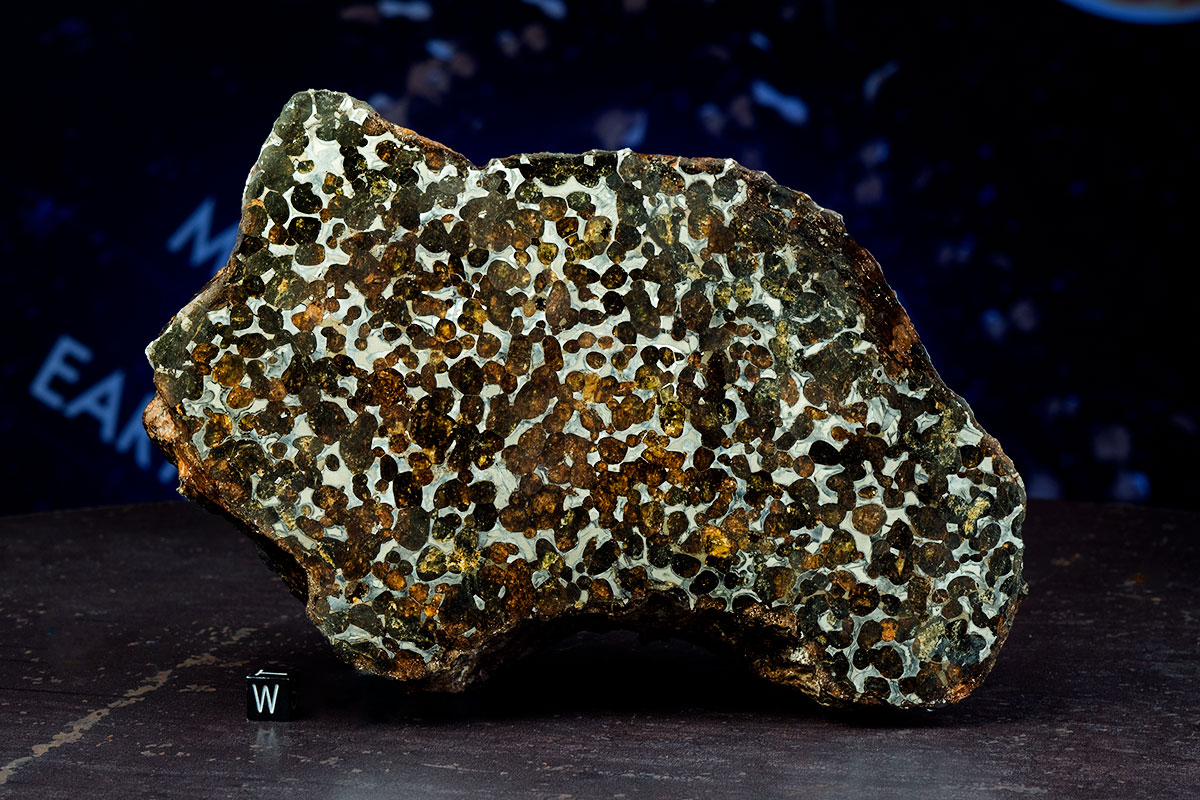
How Meteorites Are Analyzed
Meteorites undergo a range of analyses to determine their composition and history. Some common techniques include:
Petrographic Analysis
Thin sections of meteorites are examined under a microscope to study their mineralogy and texture. This analysis helps identify the types of minerals present and their relationships, providing clues about the meteorite’s history and formation processes.
Scanning Electron Microscopy (SEM)
SEM provides detailed images of meteorite samples at high magnification, revealing fine-scale structures and compositions. It is particularly useful for studying small mineral grains and the distribution of elements within the meteorite.
X-ray Diffraction (XRD)
XRD is used to identify the crystalline phases in meteorites by analyzing the patterns of X-rays diffracted by the minerals. This technique helps determine the mineralogical composition and any changes the meteorite has undergone.
Mass Spectrometry
Mass spectrometry is used to measure the isotopic and elemental composition of meteorites. Techniques such as inductively coupled plasma mass spectrometry (ICP-MS) and secondary ion mass spectrometry (SIMS) provide precise data on the abundance of trace elements and isotopes.
Nuclear Magnetic Resonance (NMR) Spectroscopy
NMR spectroscopy is used to study the structure and dynamics of organic molecules in meteorites. This technique provides insights into the complexity and diversity of organic compounds present.
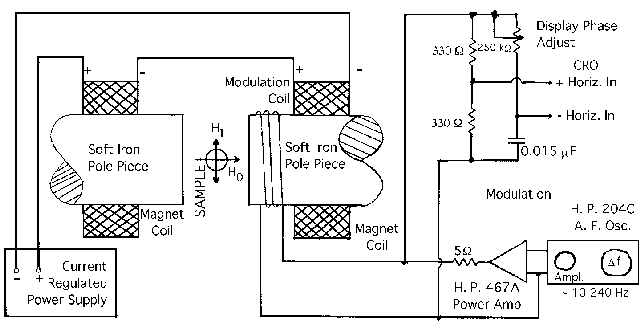
Conclusion Meteorite composition
Meteorite composition is a fascinating and complex field that provides valuable insights into the history and evolution of our solar system. By studying what meteorites are made of, scientists can unlock the secrets of planetary formation, the origins of life, and the processes that have shaped celestial bodies over billions of years.
From the silicate-rich chondrites and achondrites to the iron and stony-iron meteorites, each type offers a unique glimpse into the cosmos. Advances in technology and analytical techniques continue to enhance our understanding of these extraterrestrial visitors, deepening our appreciation for the rich and dynamic history of the universe.
As we continue to explore and study meteorites, we uncover more about the vast and mysterious cosmos we call home. The next time you hold a meteorite or gaze up at the night sky, remember that these space rocks are more than just celestial curiosities—they are ancient messengers carrying the secrets of the universe.
FAQs Meteorite composition
What are meteorites made of?
Meteorites are composed of various minerals and elements, including silicate minerals, iron, nickel, and organic compounds. They can be broadly categorized into stony meteorites, iron meteorites, and stony-iron meteorites, each with distinct compositions that provide insights into their origin and history.
Why is the composition of meteorites important to study?
Studying the composition of meteorites helps scientists understand the formation and evolution of the solar system, the geology of other planetary bodies, and the potential origins of life. Analyzing meteorites reveals valuable information about planetary formation, astrobiology, and the frequency and effects of impact events.
Do meteorites contain rare minerals not found on Earth?
Yes! Some meteorites contain exotic minerals like “bridgmanite” (found in the Earth’s mantle but not naturally on the surface) or “osbornite” (a titanium nitride mineral detected in cometary dust). These rare minerals help scientists study extraterrestrial geology.
Can meteorites have organic compounds or building blocks of life?
Absolutely! Certain carbonaceous chondrites contain amino acids, sugars, and even traces of water, suggesting that meteorites may have delivered essential organic materials to early Earth, contributing to the origin of life.
Why do some meteorites have a “metallic” composition while others are rocky?
Meteorites come from different parent bodies:
Iron meteorites (metallic) originate from the cores of shattered asteroids.
Stony meteorites (rocky) come from crusts or mantles.
Stony-iron meteorites (mixed) form at the boundary between core and mantle, making them extremely rare.


